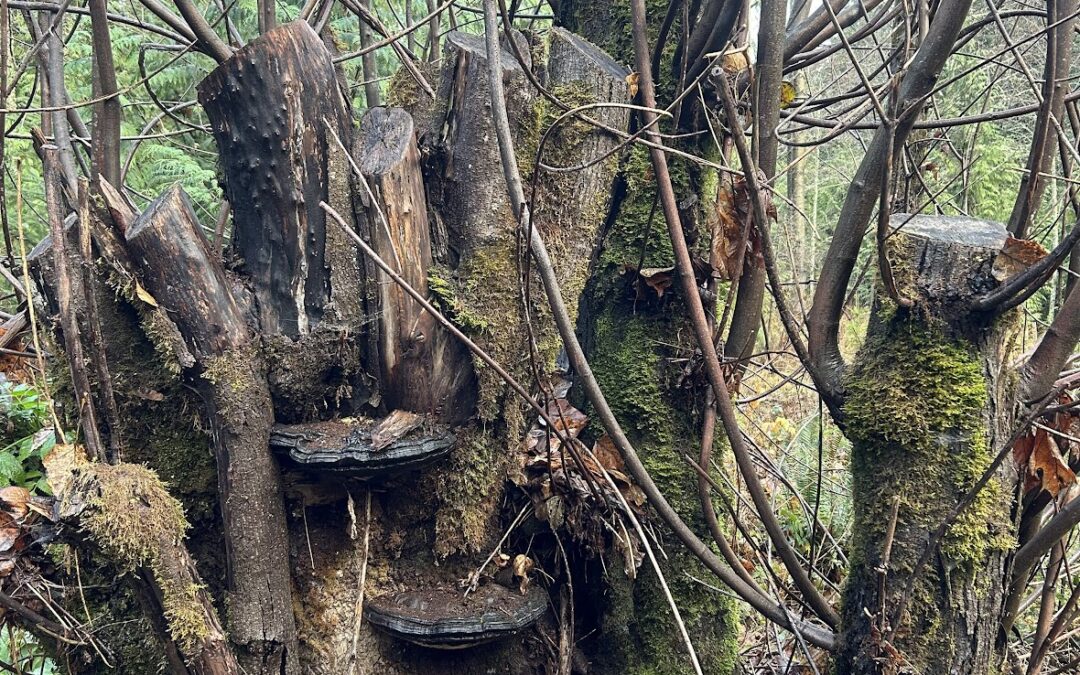As humans, there can be an urge to personify everything, and as a naturalist, this is a helpful tool to emphasize the importance of protecting ecosystems. However, there is a Western scientific rule of thumb that says personification is dangerous, that it can lead young scientists to lose their objectivity. This impartial view can important because scientists need to be able to change their minds in response to the latest findings, and the idea is that a cute story surrounding a particular theory, may be harder let it go. Scientists try to use language that does not convey favor, they want to remain as indifferent about their subjects as possible. In biology 101 classes, professors take great pains to students writing “want” in quotes when it comes to plants and animals because “want” is seen as a human emotion.
Within almost any scientific discipline, there is a debate quietly raging between two different schools of thought. Often, this divide between scientists comes from their views of what it means to be impartial, and what language they think is appropriate to describe their findings. When talking to other scientists, researchers tend to use complex jargon that allows them to be incredibly specific. However, when conveying an important concept to scientists in other disciplines, or the public, needlessly complex jargon tends to be what alienates people. This can make it difficult to write about science for a more general audience!
Let’s delve into the debate over the ways that trees form “relationships.” One side believes that trees are working together between and within species. The other feels the evidence suggests a more competitive environment with different trees essentially stealing from each other. Seemingly endless articles from the latter group claim that language used in popular books such as the Secret Life of Trees and Finding the Mother Tree, is impacting the scientific world through using words like “mother” and sharing to describe trees. The difficulty in this debate is that each side is using similar evidence to support their point, which has a similar end just reached through methods with more negative or positive connotations.
For a long time, a working theory was that trees evolved to be different enough from other species so that they can compete for resources such as sunlight, water, or organic materials. And that trees develop relationships with each other and their fungal associates in a race for nutrients spread across thousands of years. Conventional science describes trees as individual units with no real community. Proponents of this idea are wary of any concepts of true mutualisms (where different species have an interaction that is equally beneficial to each of them). They believe that while some plants do live in harmony, they are not nobly sharing resources. Instead, species are are locked in a game of competitive parasitism. It can be difficult to use impartial words to describe this theory. It begs the question: how can you talk of competition without imagining human relationships? How can you be so adamant about individualism when so many studies have found evidence of communication between plants?
There is a growing body of evidence that shows that trees communicate with each other. One study conducted by Suzanne Simard (author of Finding the Mother Tree), found that when two trees were covered in plastic, and each was injected with a different carbon isotope (not present in the air and “labeled” in order to differentiate) each tree had a bit of each carbon isotope. One could argue that the trees are mutually stealing from each other using the mycorrhizal (fungal) network, is that not just as humanized as the concept of sharing? Another very recent article found that some plants (tomato and tobacco) emit sounds, and that there is a difference between the sounds emitted when they lack water vs when they are cut. This added to the findings that different plants react to different sounds in a wide variety of ways. This evidence demonstrates that there a lot more going on in the plant world than we originally thought. It seems that at this point, assuming that individualism is neutral, and that community is biased, may need to be rethought.
Humans have a vested interest in seeing trees as individuals with limited capacity for communication. If plants can communicate, and “need” the trees in their surroundings to thrive, we may need to make expensive changes to the status quo of logging and other detrimental industries. Viewing trees as the other is not realistic, because we humans are part of nature, not something separate. As much as we have tried to remove ourselves from nature, our survival is still directly tied to the health of the ecosystem, and in large part to the health of trees.
I was by no means able to cover all of the nuances in this debate, and I encourage you to form your own opinion using the sources below!
Peer Reviewed Article by Suzanne Simard et. al. in which they identify trees transferring nutrients
Sounds emitted by plants under stress are airborne and informative
OPINION: The Idea That Trees Talk to Cooperate Is Misleading
Cecilia Black, SHADOW Education Program Lead


Recent Comments